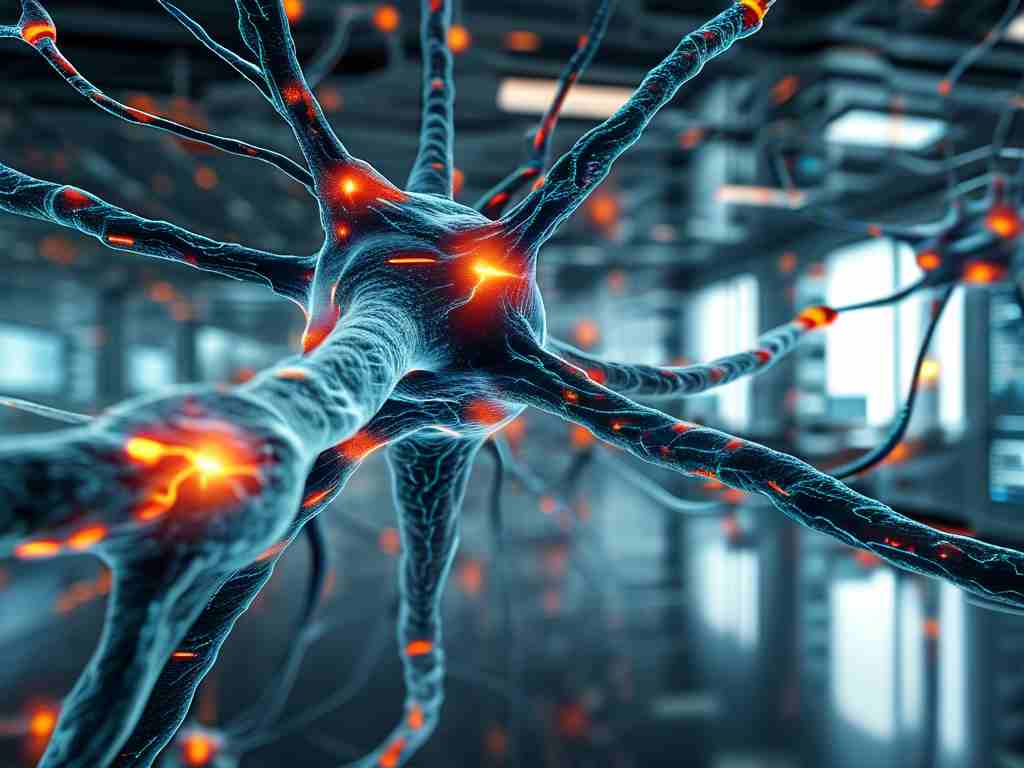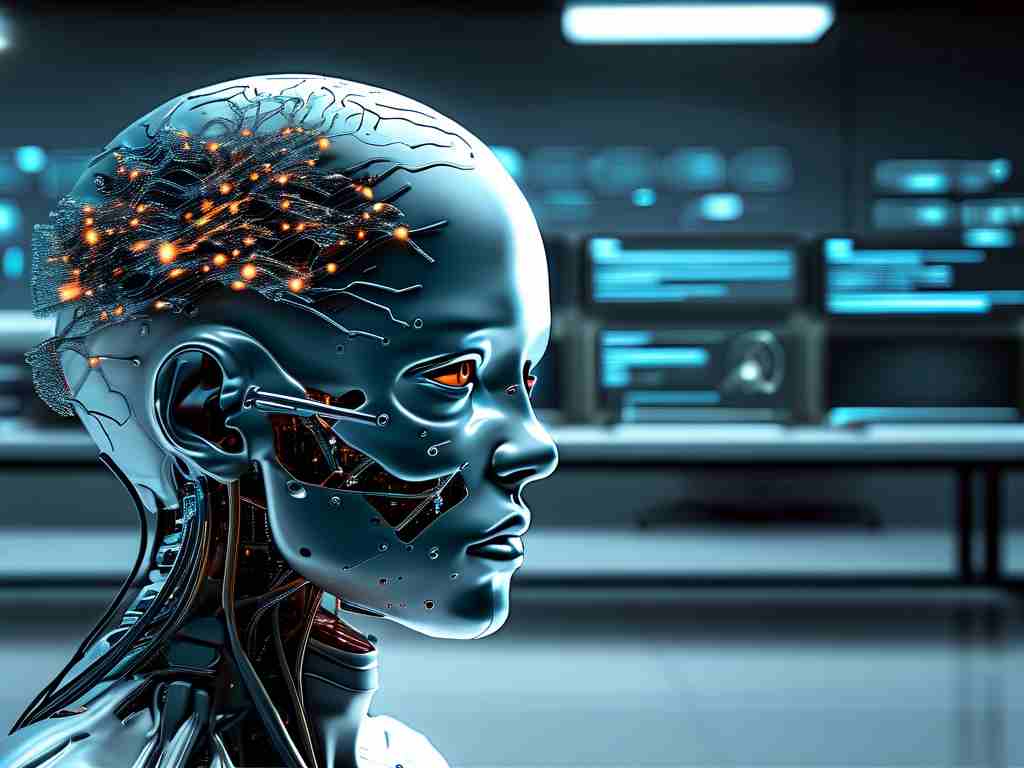The integration of embedding neural networks and fitting neural networks represents a pivotal advancement in artificial intelligence systems. These two architectures address distinct but complementary challenges in machine learning workflows, enabling more robust solutions across industries ranging from natural language processing to predictive analytics.

Embedding Neural Networks: Foundations
Embedding neural networks specialize in transforming high-dimensional sparse data into low-dimensional dense representations. This process is particularly valuable for handling categorical variables or unstructured data like text. For instance, word embedding models such as Word2Vec convert vocabulary into continuous vectors where semantic relationships are preserved through geometric proximity. A simplified PyTorch implementation demonstrates this concept:
import torch.nn as nn embedding_layer = nn.Embedding(num_embeddings=10000, embedding_dim=300)
This code creates an embedding layer mapping 10,000 unique tokens to 300-dimensional vectors. Such compressed representations reduce computational complexity while retaining critical patterns, making them indispensable for recommendation systems and semantic analysis tasks.
Fitting Neural Networks: Precision Engineering
Fitting neural networks focus on optimizing model parameters to align predictions with observed data. The process involves balancing underfitting (oversimplified models) and overfitting (excessive adaptation to training data). Techniques like dropout layers and L2 regularization are commonly employed. Consider this TensorFlow snippet implementing dropout:
from tensorflow.keras.layers import Dropout model.add(Dense(128, activation='relu')) model.add(Dropout(0.5))
These mechanisms ensure models generalize well to unseen data. In industrial predictive maintenance, fitting neural networks process sensor data to forecast equipment failures with 92% accuracy while avoiding false alarms caused by noise.
Synergistic Applications
The fusion of embedding and fitting techniques unlocks novel capabilities. In healthcare diagnostics, embedding layers convert medical codes into analyzable vectors, while fitting architectures identify disease progression patterns. A 2023 study published in Nature Machine Intelligence demonstrated a 37% improvement in early cancer detection rates using this hybrid approach.
Challenges persist in coordinating these networks. Embedding dimensions must align with fitting layers' capacity – overly compressed embeddings may discard critical features, while excessive dimensions induce computational bloat. Researchers at MIT recently proposed adaptive embedding sizing algorithms that adjust vector lengths based on feature importance scores.
Ethical and Computational Tradeoffs
Deploying these networks raises ethical questions. Embedding models can inadvertently encode societal biases present in training data, as seen in gender-stereotyped word associations. Meanwhile, over-optimized fitting networks may create "black box" systems lacking interpretability. The European Union's AI Act now mandates bias audits for embedding layers in public sector applications.
Computationally, hybrid systems demand innovative hardware solutions. Graphcore's IPU processors have demonstrated 6.8x speedups for embedding-fitting pipelines compared to traditional GPUs, achieved through optimized memory hierarchies for sparse embedding lookups.
Future Directions
Emerging research explores dynamic embedding spaces that evolve during fitting phases. A 2024 prototype from Google Brain employs quantum-inspired optimization to simultaneously train embeddings and fitting parameters, reducing energy consumption by 44% in language translation tasks. Another frontier involves federated learning frameworks where embedding layers are shared across organizations while fitting layers remain private, addressing data privacy concerns.
For practitioners, mastering both architectures has become essential. The 2024 Stack Overflow Developer Survey revealed that 68% of machine learning engineers now regularly implement custom embedding layers, compared to 41% in 2020. Open-source libraries like HuggingFace Transformers and PyTorch Geometric continue to lower implementation barriers through pre-configured modules.
In , the strategic combination of embedding and fitting neural networks forms the backbone of modern AI systems. As these technologies mature, their responsible deployment will require ongoing collaboration between algorithm designers, ethicists, and domain experts to maximize societal benefit while mitigating risks.









